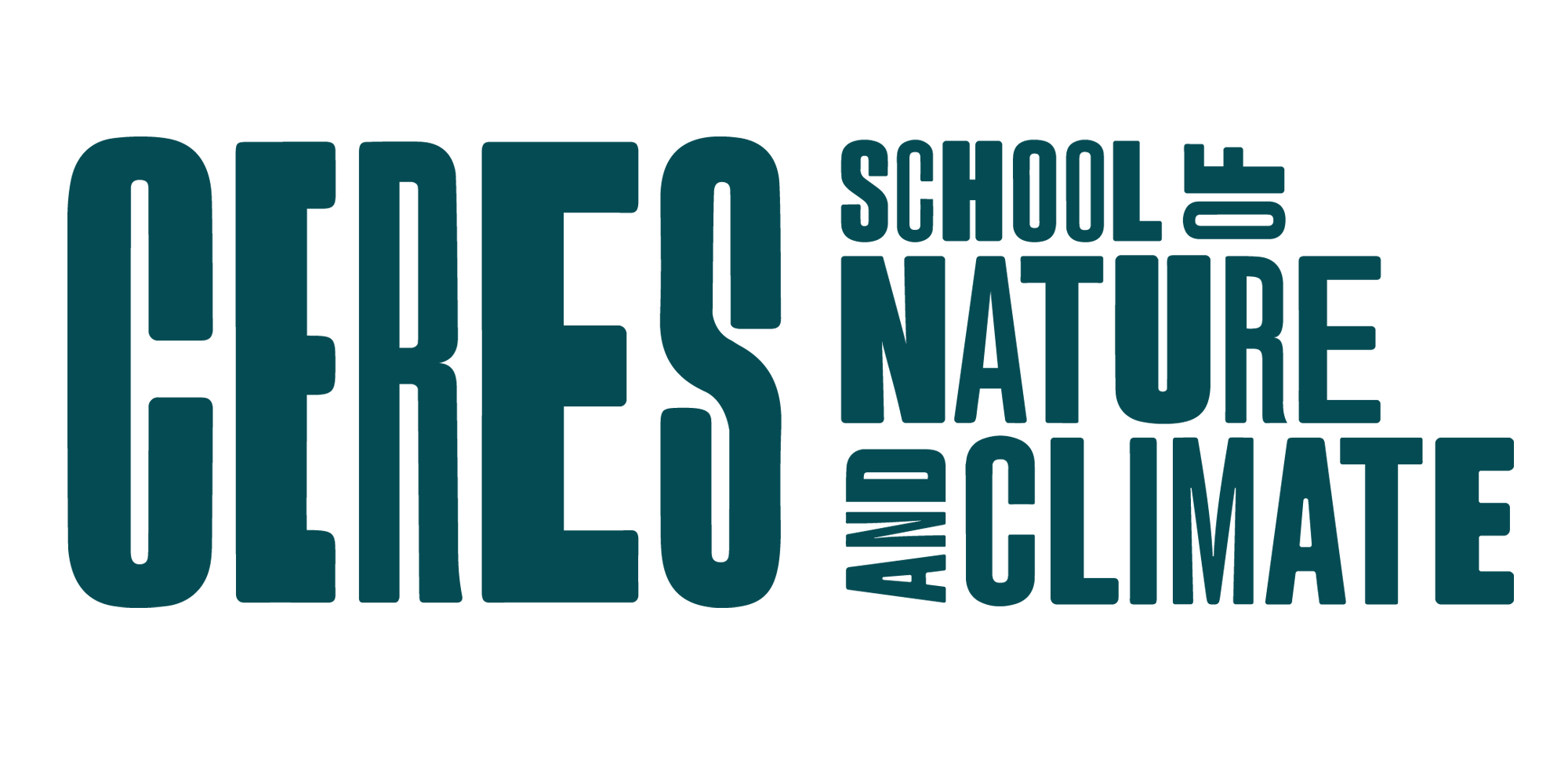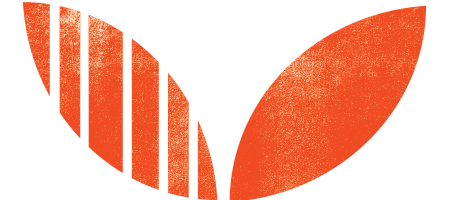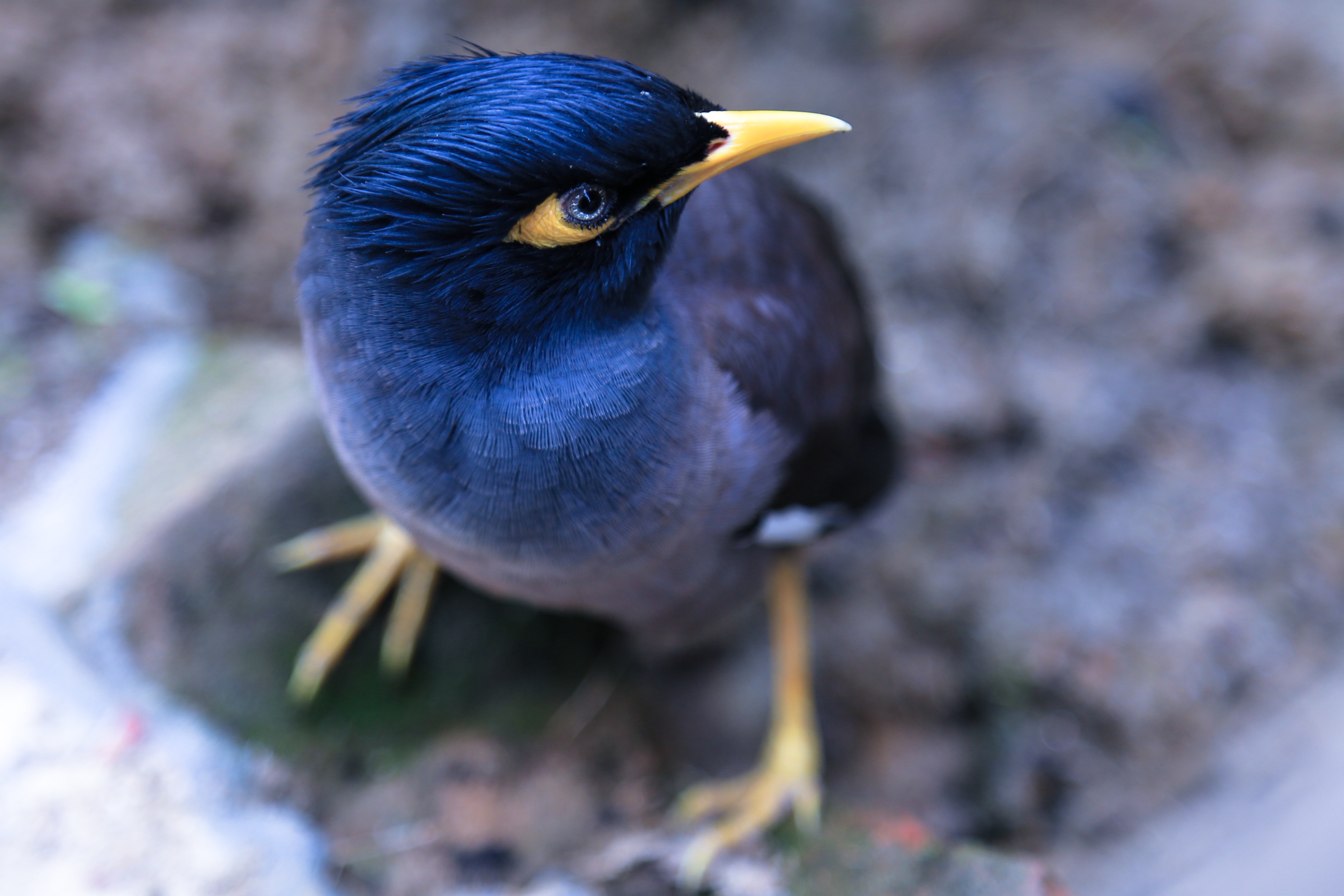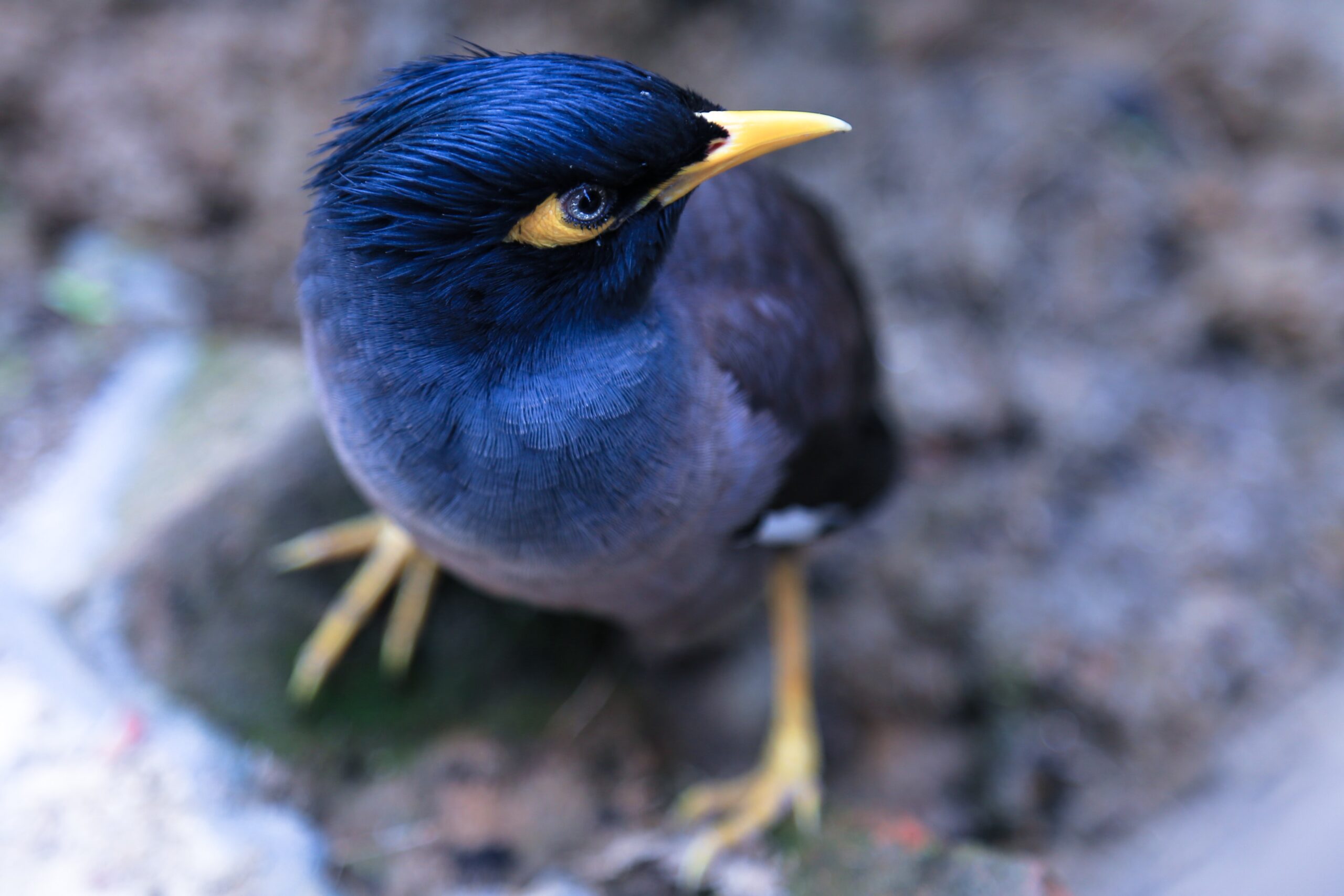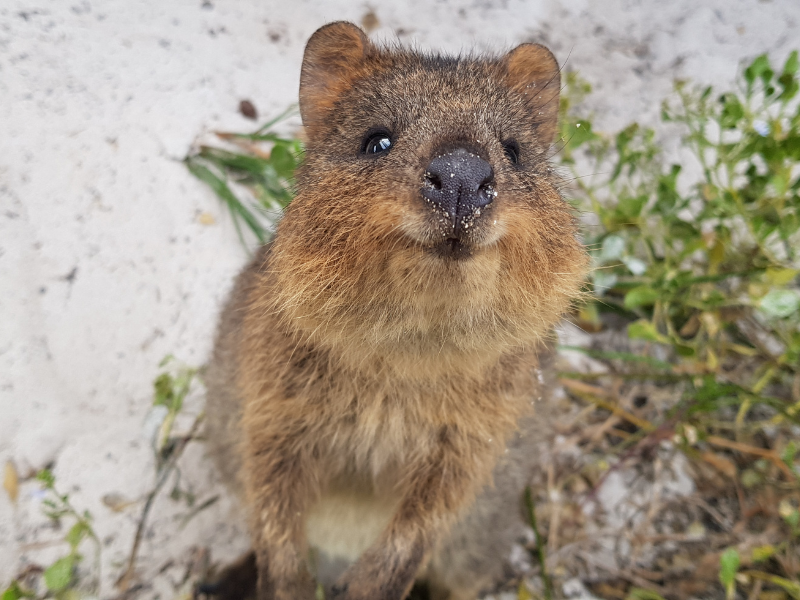Bird Beaks Curriculum Activity
Suitable for Primary (Years F-6)
Victorian Curriculum Links:
Science
F-2: (VCSSU042)
3-4: (VCSSU058)
5-6: (VCSSU074)
Activity Description
The Bird Beaks activity allows students to explain the role of different bird beaks in aiding the survival of particular bird species. Students will engage in an experiment that explores the effect of beak types on the diets of a variety of bird species and the environments in which they live. Students are then able to discuss how humans are changing these environments and how this affects bird populations.
Key Concepts
Biodiversity, Species Adaptation, Evolution, Habitats, Environmental Change
Key Learning Intentions
1. Students will be able to describe the use of animal body parts for different purposes
2.Students will be able to explain how particular adaptations aid survival
3. Students will be able to explain how changes in the environment can impact on living things
Suggestions for Assessment
Formative
1. Participation in the Bird Beak experiment
2. Completion of the Bird Beak activity table and questions
3. Students complete a short written summary of key findings of the experiment
Instructions
1. Meet the Birds
Look at the first column of Table 1. Learn about each beak and which bird it belongs to.
2. Experiment
Use the different materials for ‘beaks’ (see other side for equipment list) to pick up different objects. Think about which ‘beaks’ are best for different types of food. Complete the table and then discuss what you discovered.
3. Discussion
Lower Primary (F-2)
1. Which beak was best for drinking nectar?
2. Which beak was the best for eating fish and frogs?
3. Why do you think it was difficult to pick up the marble with the chopsticks?
4. What might happen to the birds with long and sharp beaks if there were no fish left?
Upper Primary (3-6)
1. Which beak was the best for eating fish and frogs?
2. How does the shape and size of a bird’s beak influence what it can eat?
3. Predict what might happen to the birds with long and sharp beaks if there were no fish left?
Equipment
You will need the following materials for each student group running the experiment:
- 1 set of tongs
- 2 chopsticks
- 2 wooden spoons
- 1 pair of tweezers
- 1 eye dropper or 1 large syringe
- Cotton buds
- Coins
- Marbles
- Water
- Bird Beaks Table (see Activity Materials printout)
Suggested ResourceSmart Schools Module Links
Undertaking the activity as described above links to the ResourceSmart Schools Biodiversity Module – actions B1.1, B1.2, B1.3, B1.4
Below is a list of extension activities that link to additional actions of the Biodiversity module:
- Conduct a bird survey within the school grounds, a local park, reserve or at CERES Environment Park and record the findings (ResourceSmart Schools Biodiversity Module – actions A1.3, B1.1, B1.3)
- Students take note of the different beak types that exist within their local area (ResourceSmartSchools Biodiversity Module – action B1.3)
- Students liaise with a local friends group or bird watching organisation to plan and develop abird attracting garden that targets particular beak types or bird species (ResourceSmart SchoolsBiodiversity Module – actions A3.3, C3.1, C3.3)

